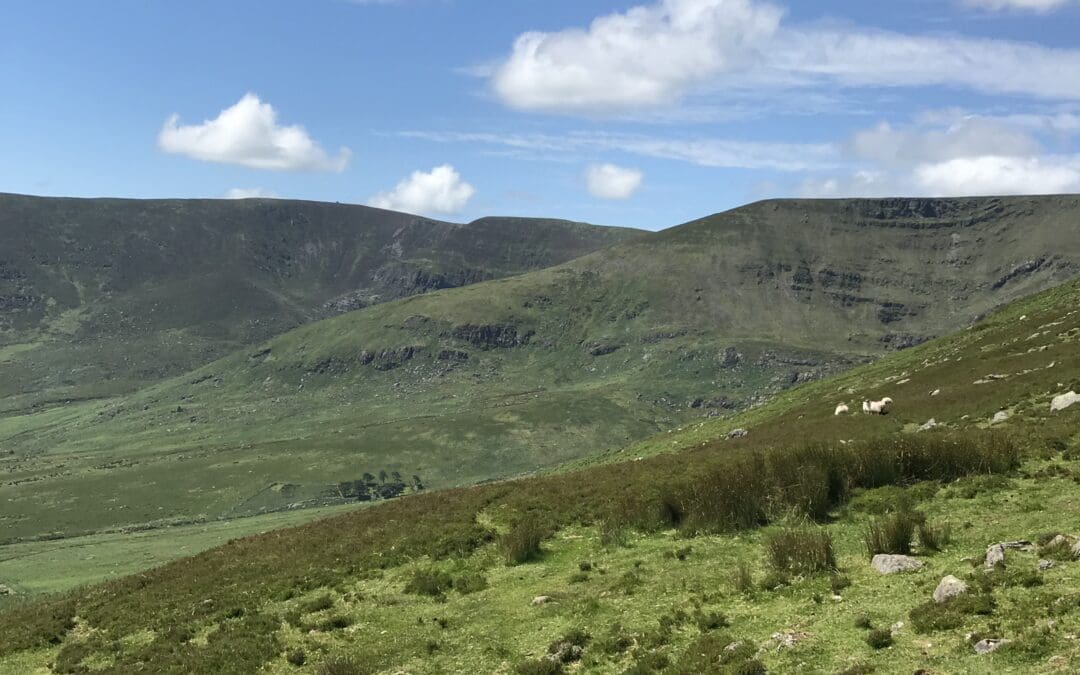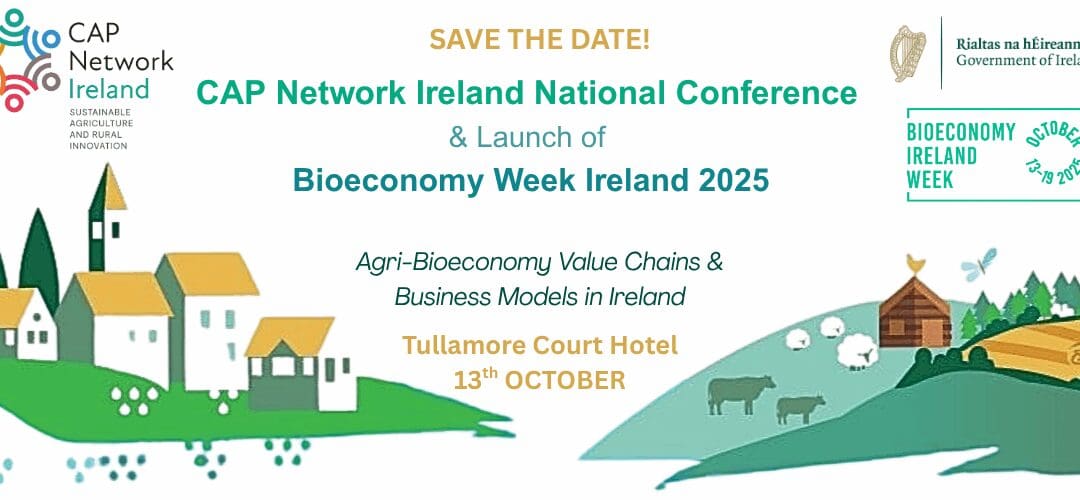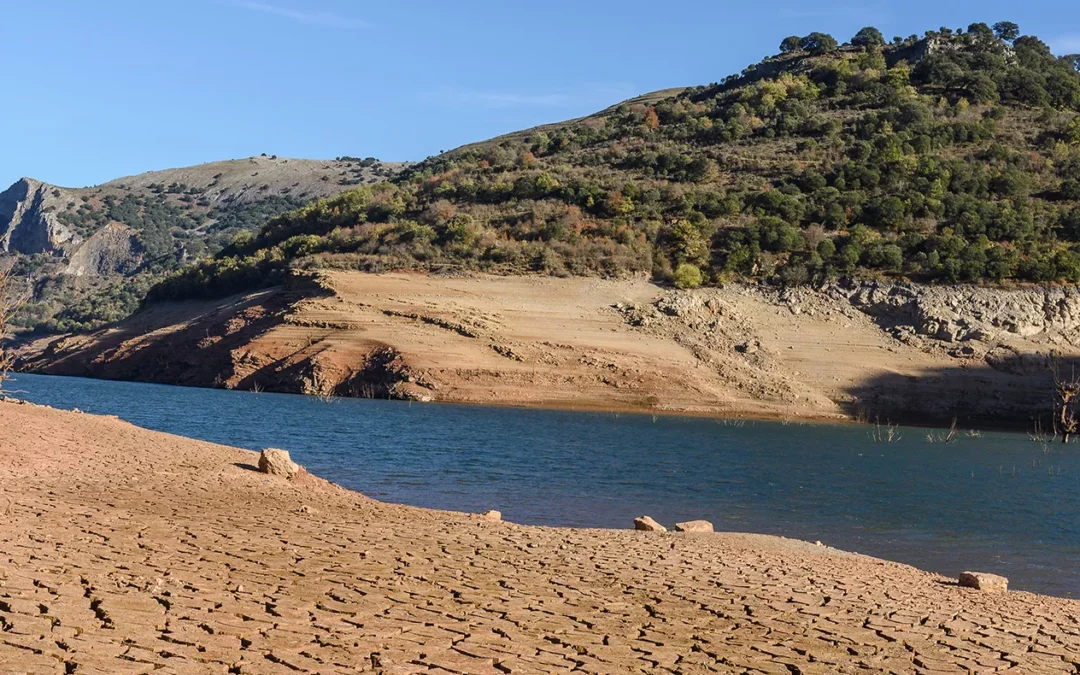At the beginning of the 20th century, the Irish State began to encourage tree planting to increase timber self-sufficiency and to provide rural employment opportunities. Ireland now grows many different types of trees for various reasons such as renewable construction material, carbon-neutral fuel and public forests that people can visit recreationally.
The Department of Agriculture, Food and the Marine offer a variety of grants and supports for both new and existing forest owners, under the Forestry Programme 2023 ““ 2027. The Forestry Programme framework is broken down into several different forestry schemes.
The Native Tree Area Scheme (NTA 1 & 2) supports the creation of small native forests (up to one hectare) on farmed land. An afforestation licence is not required. Both farmers and non-farmers can apply. The premium of over €2,000 per ha is paid over 10 years.
Agroforestry payments are made for land that is planted while still being actively farmed and its beneficiaries are eligible for the Organic Farming Scheme also. Active farmers are paid over 20 years for establishing and maintaining forestry. Non-farmers are paid over 15 years. Three categories of agroforestry are supported in the new programme:
- Silvopastoral systems (trees and grass).
- Silvoarable systems (trees and crops).
- Forest Gardening (establishment of small-scale food forests).
The Afforestation Scheme supports the creation of a wide range of forests with varying objectives. An afforestation licence is required, and both farmers and non-farmers can apply.
There are 12 forest types within the afforestation scheme:
- Native forests
- Forests for water
- Forests on public lands
- NeighbourWoods
- Emergent forests
- Pure broadleaves (oak/beech)
- Other broadleaves
- Agroforestry
- Seed orchards
- Continuous cover forestry
- Mixed high leaves with conifers & broadleaves
- Mixed high forests with spruce & broadleaves
- For more information on forest establishment grant rates, click here.
Other Grants
- A Fencing Grant ensures that newly established forests are protected from browsing animals. IS436 fencing grants are higher. Irish Standard 436 (IS436) is an NSAI (National Standards Association of Ireland) recognised fencing standard in which fencing must meet certain specifications for example timber species, fence post sizes, fence post treatment/preservation and labelling used.
- The voluntary Deer Tree Shelter, Hare and Deer Fencing Scheme can be considered where there is a substantial risk of deer or hare damage.
- An Environment Report Grant will be paid if a report from an ecologist or archaeologist is submitted.
- The Woodland Environmental Fund provides participating landowners (Forest Types 1 & 2) an additional once-off single payment.
- Grants for forest road construction are offered at €55 per linear metre at a density of 25 metres per ha of forest.
- A Special Construction Works Grant is also included in the Forestry Programme 2023 ““ 2027 or 50% of the cost of the project up to a maximum of €10,000 per application. This covers work such as a permanent bridge or drainage pipes greater than 1 metre in diameter.
- Payment for Ecosystem Services (PES) supports existing forest owners, that have run out of yearly premium payments or have never received a grant payment for their forest.”Payment duration is 7 years. To qualify, actions must be undertaken to promote the long-term sustainable management of the forest.
Find out about supports available for agriculture under the CAP Strategic Plan 2023-2027 by clicking here.




